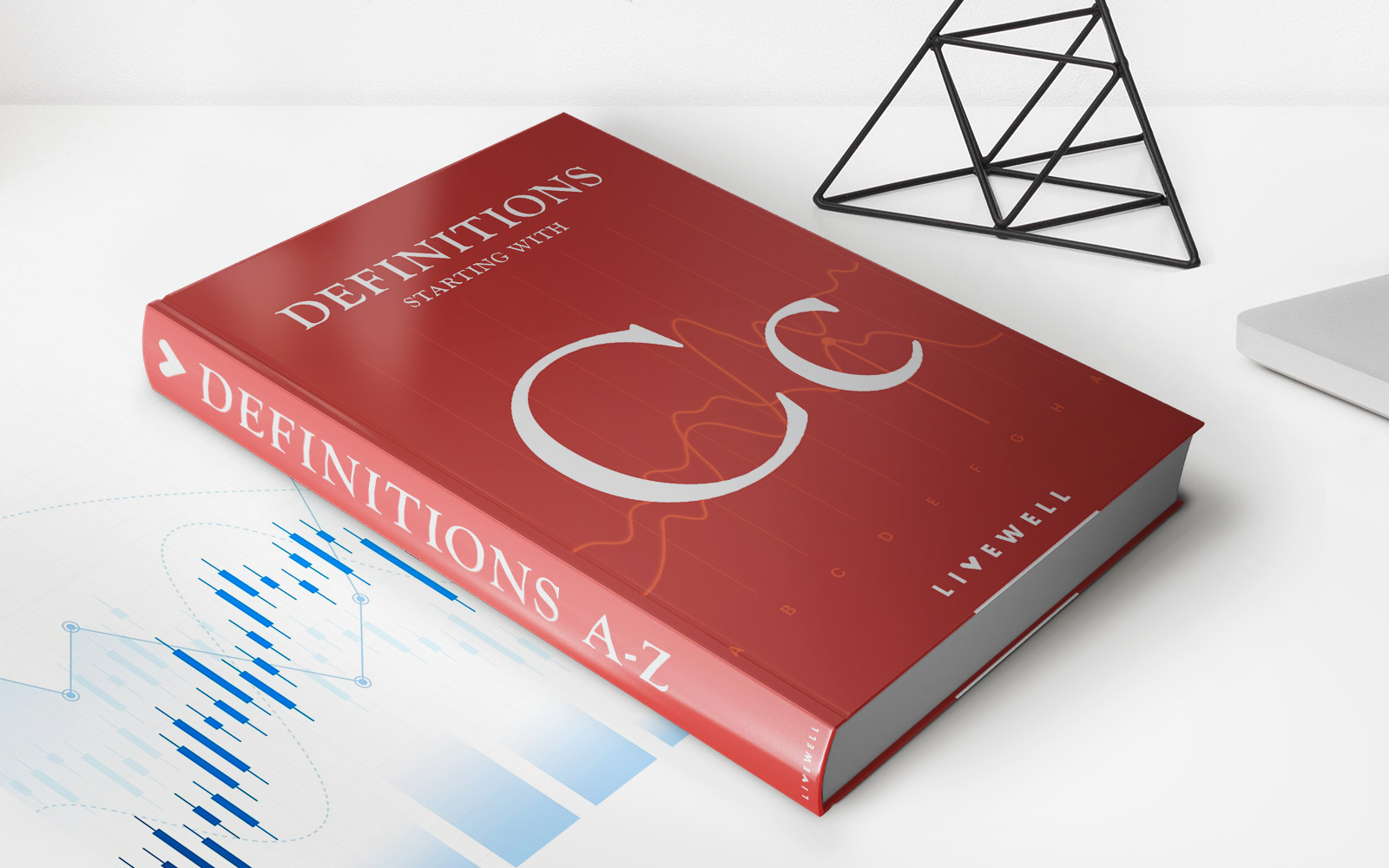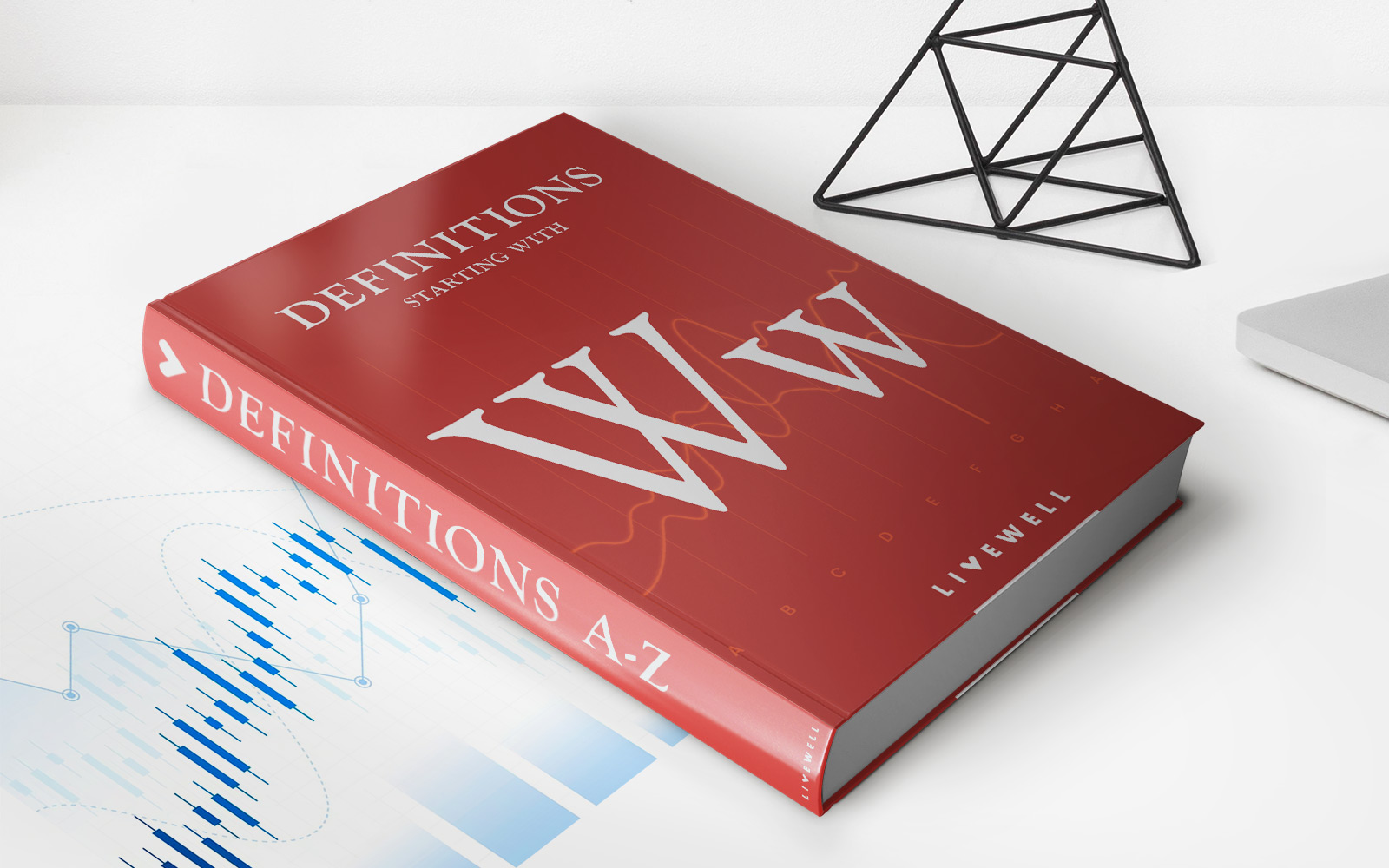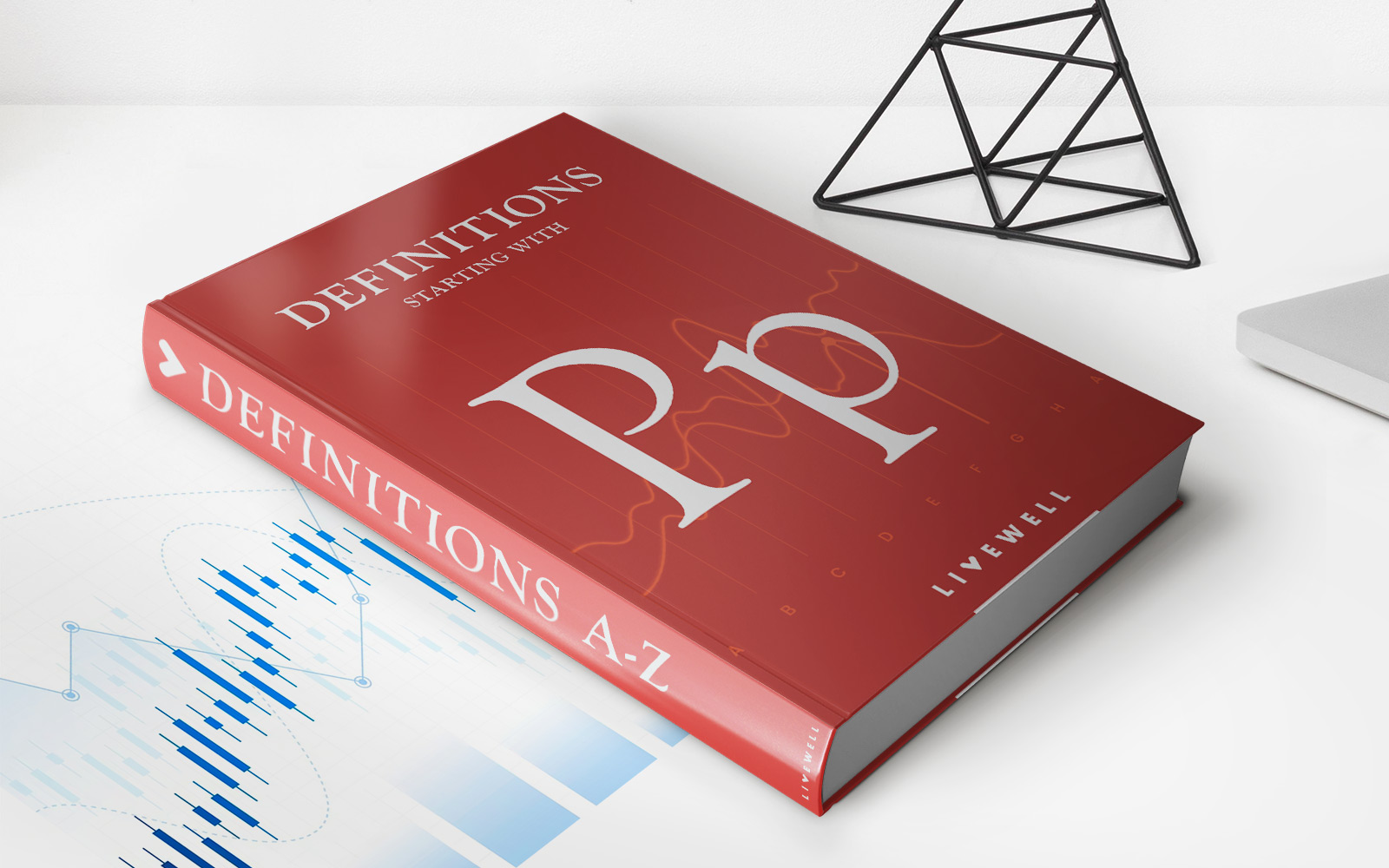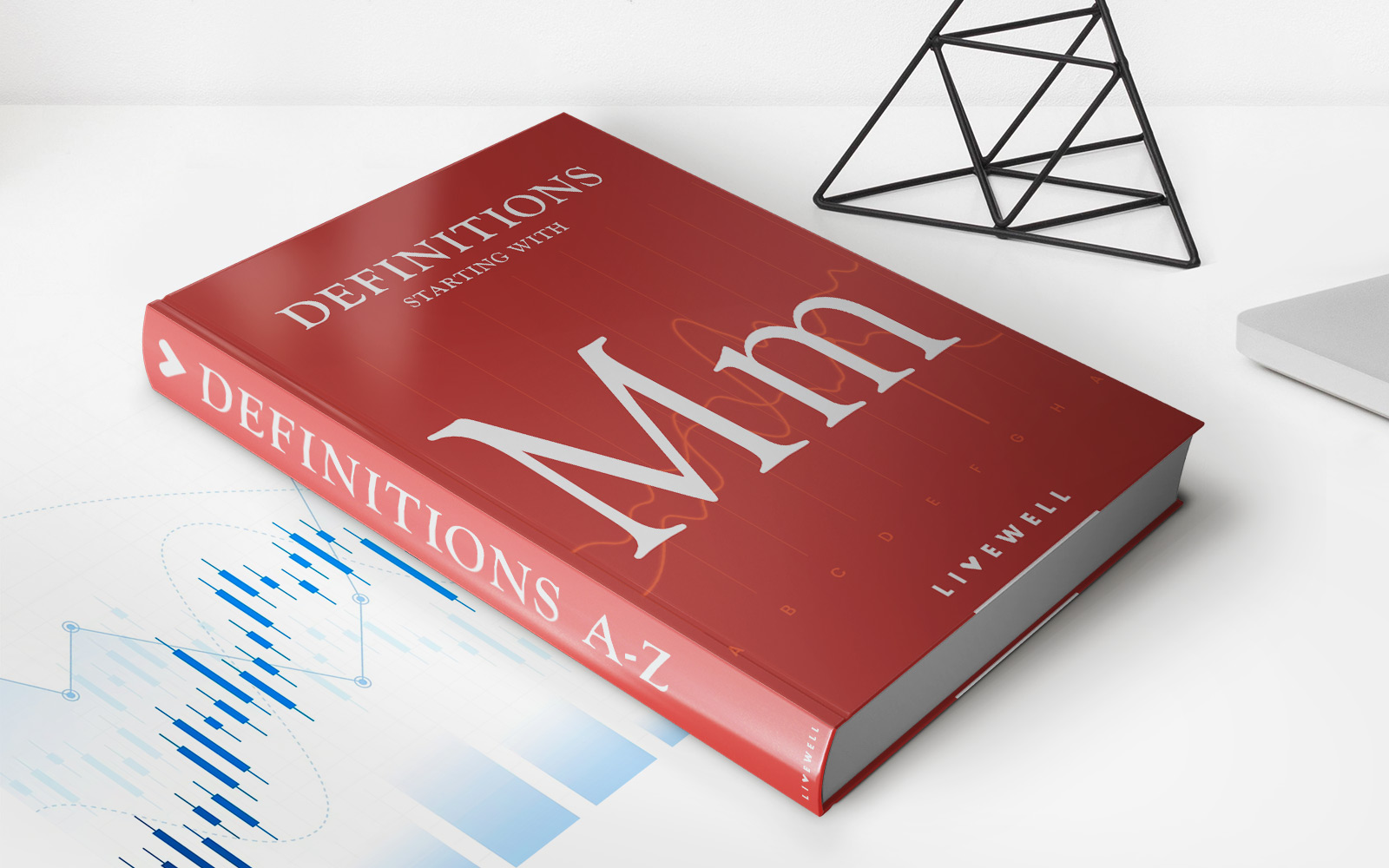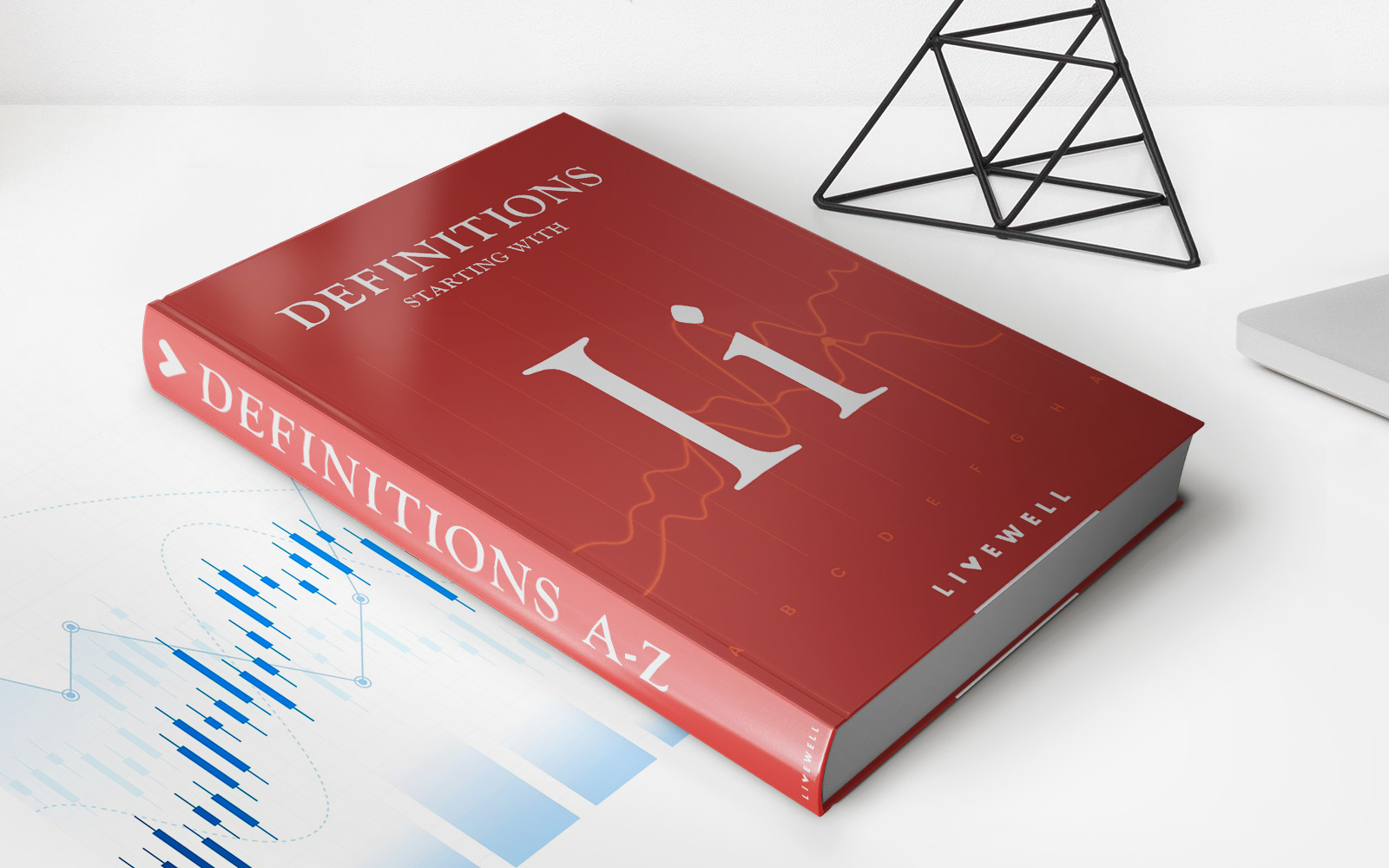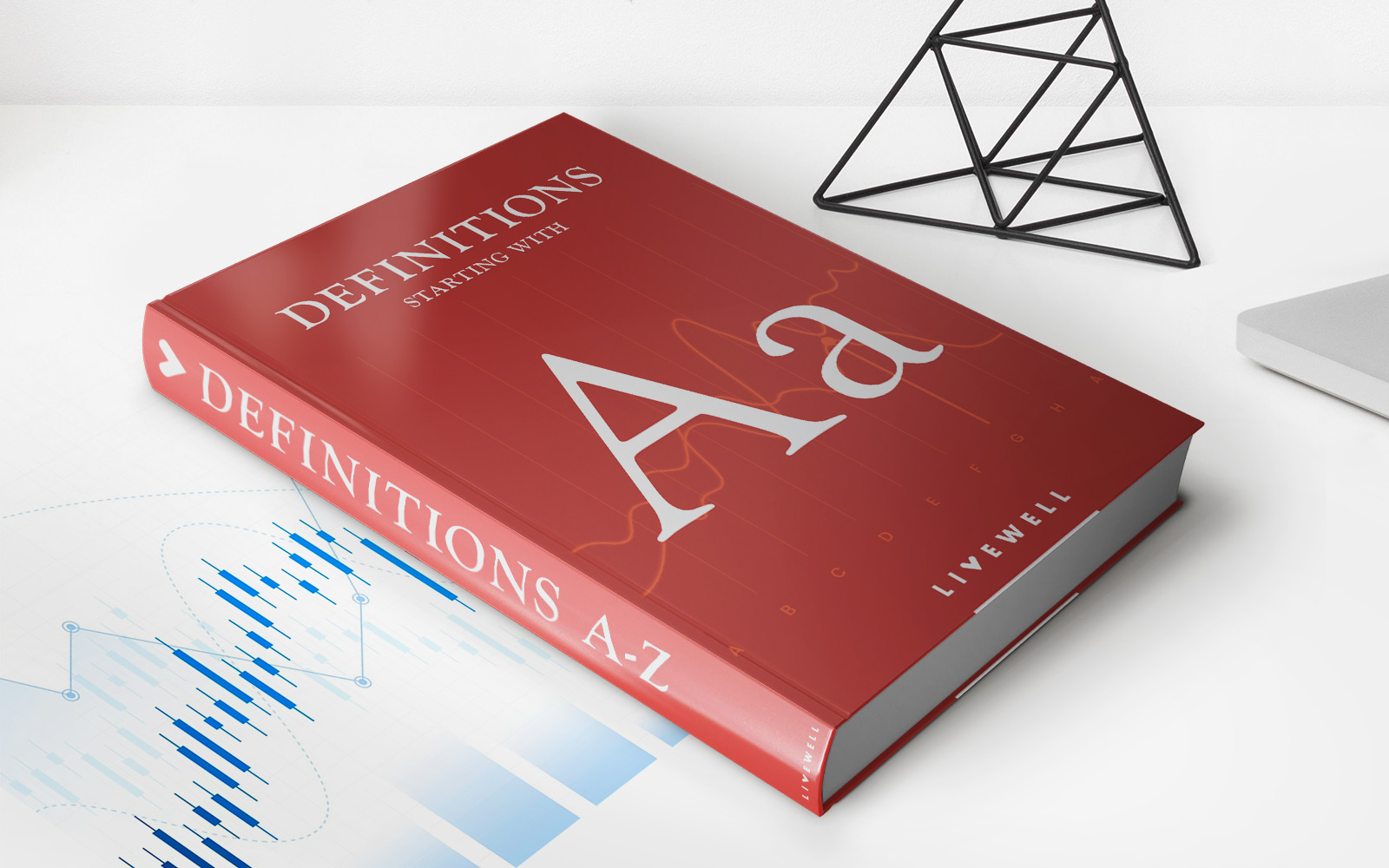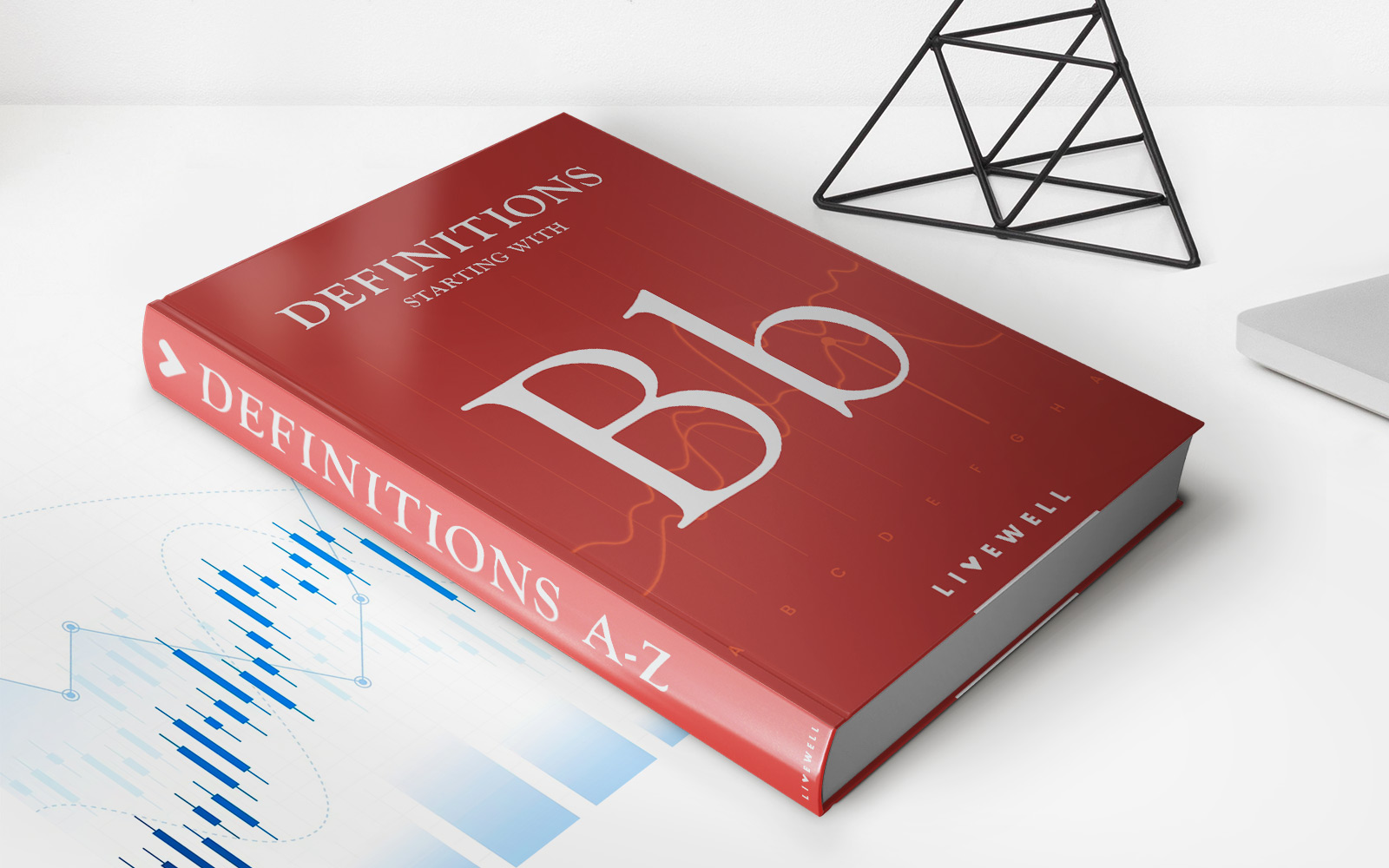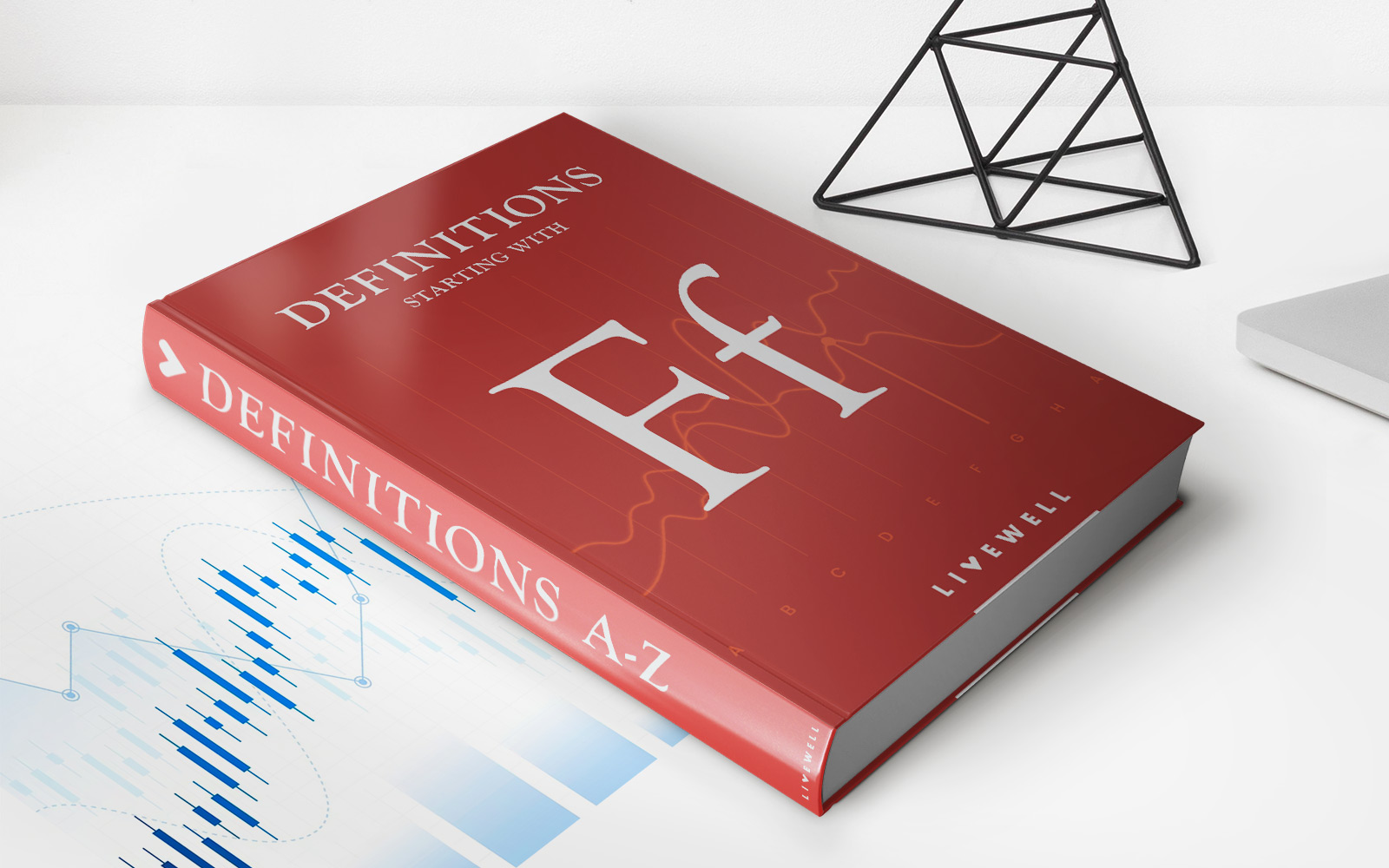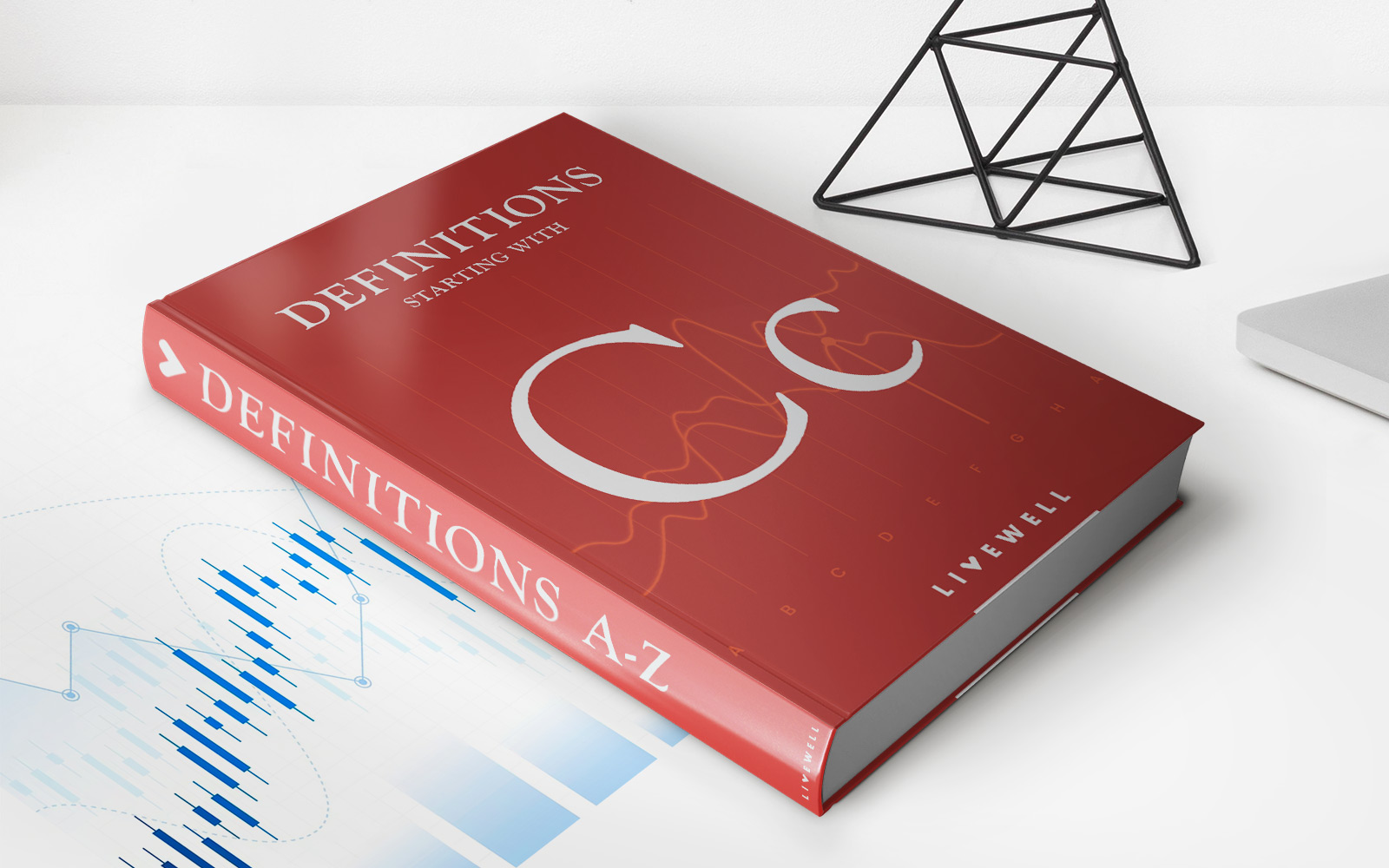Home>Finance>WM/Reuters Benchmark Rates: Definition And Use For Portfolios
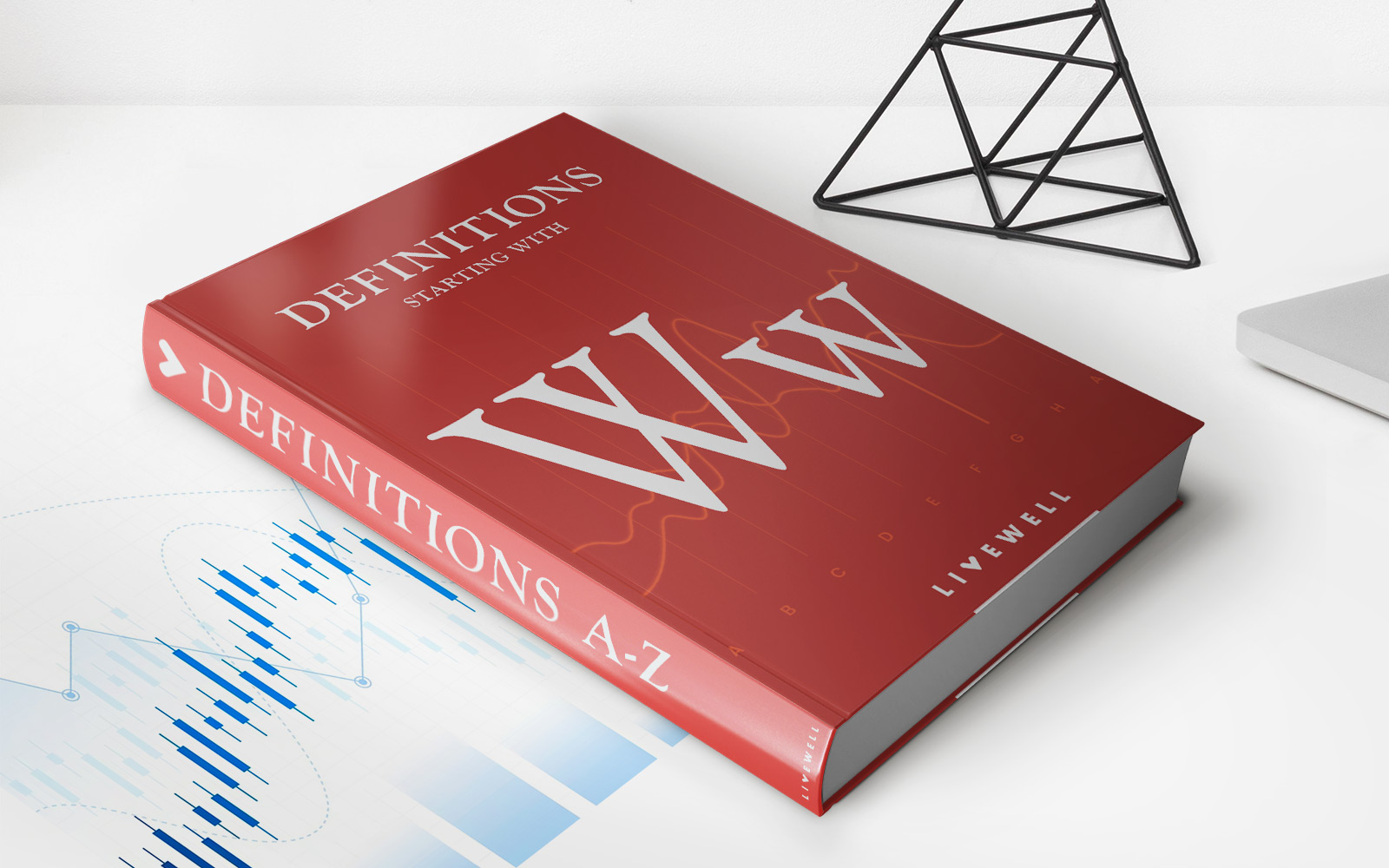

Finance
WM/Reuters Benchmark Rates: Definition And Use For Portfolios
Published: February 19, 2024
Learn about the definition and usage of WM/Reuters Benchmark Rates in finance portfolios. Enhance your investment strategies with this comprehensive guide.
(Many of the links in this article redirect to a specific reviewed product. Your purchase of these products through affiliate links helps to generate commission for LiveWell, at no extra cost. Learn more)
Everything You Need to Know About WM/Reuters Benchmark Rates
When it comes to managing portfolios and making informed financial decisions, having access to accurate and reliable benchmark rates is crucial. One such benchmark that is widely used in the finance industry is the WM/Reuters benchmark rates. In this article, we will explore the definition of WM/Reuters benchmark rates and how they can be effectively utilized for optimizing portfolios.
Key Takeaways:
- WM/Reuters benchmark rates are widely recognized as authoritative benchmarks for foreign exchange and money market transactions.
- These benchmark rates are used by portfolio managers, traders, and investors to assess currency market performance and make informed investment decisions.
WM/Reuters benchmark rates are established and maintained by the WM Company and Reuters. They are regarded as authoritative benchmarks for foreign exchange (FX) and money market transactions. These benchmark rates are widely used by portfolio managers, traders, and investors to assess currency market performance and make informed investment decisions.
So, how exactly can WM/Reuters benchmark rates be used effectively for portfolios? Here are some key insights:
1. Measuring Currency Performance and Risk:
The WM/Reuters benchmark rates provide a reliable reference point for measuring the performance and risk associated with various currencies. Portfolio managers can compare the movement of currency pairs against these benchmarks to determine the strength or weakness of a particular currency. This information can help in identifying potential risks and opportunities that could impact portfolio returns.
2. Evaluating Currency Hedging Strategies:
Currency hedging plays a vital role in managing portfolio risk, especially for investors with international exposures. The WM/Reuters benchmark rates can serve as a valuable tool for evaluating the effectiveness of different currency hedging strategies. By comparing the performance of hedged and unhedged portfolios against these benchmarks, investors can assess the impact of currency fluctuations and make more informed decisions to mitigate risks and enhance returns.
As a portfolio manager or investor, it is important to have access to accurate and reliable benchmark rates that can help in evaluating currency performance, managing risks, and optimizing portfolios. The WM/Reuters benchmark rates provide an industry-standard reference point that can be used with confidence to make informed financial decisions.
In conclusion, WM/Reuters benchmark rates are an essential tool for portfolio managers, traders, and investors in the financial industry. By using these authoritative benchmark rates, one can measure currency performance and risk, evaluate currency hedging strategies, and make informed investment decisions. So, make sure to incorporate WM/Reuters benchmark rates into your portfolio management toolkit to stay ahead in the ever-changing financial landscape.
